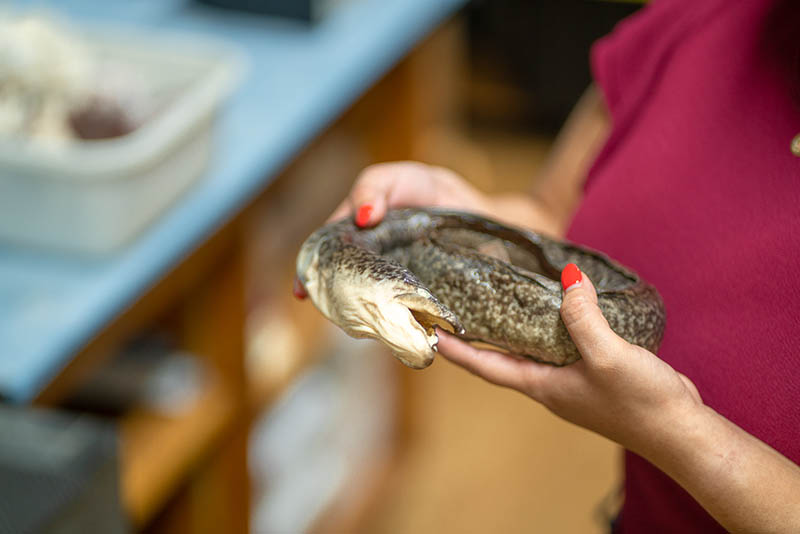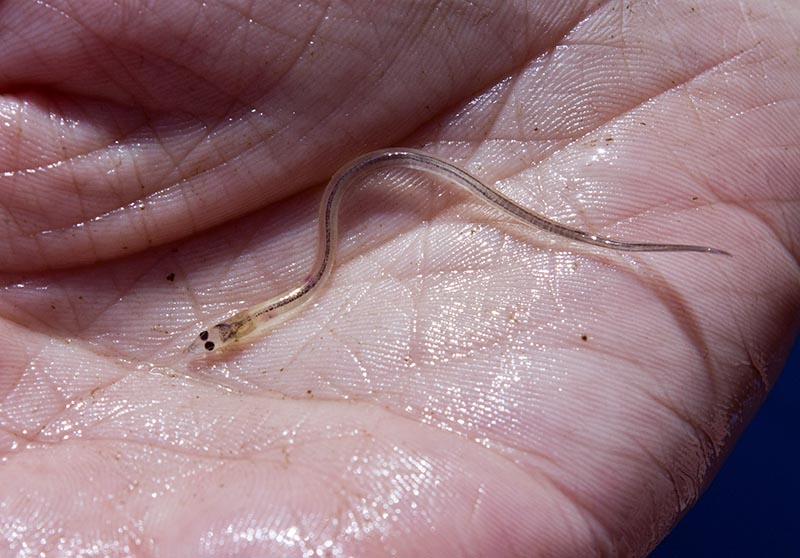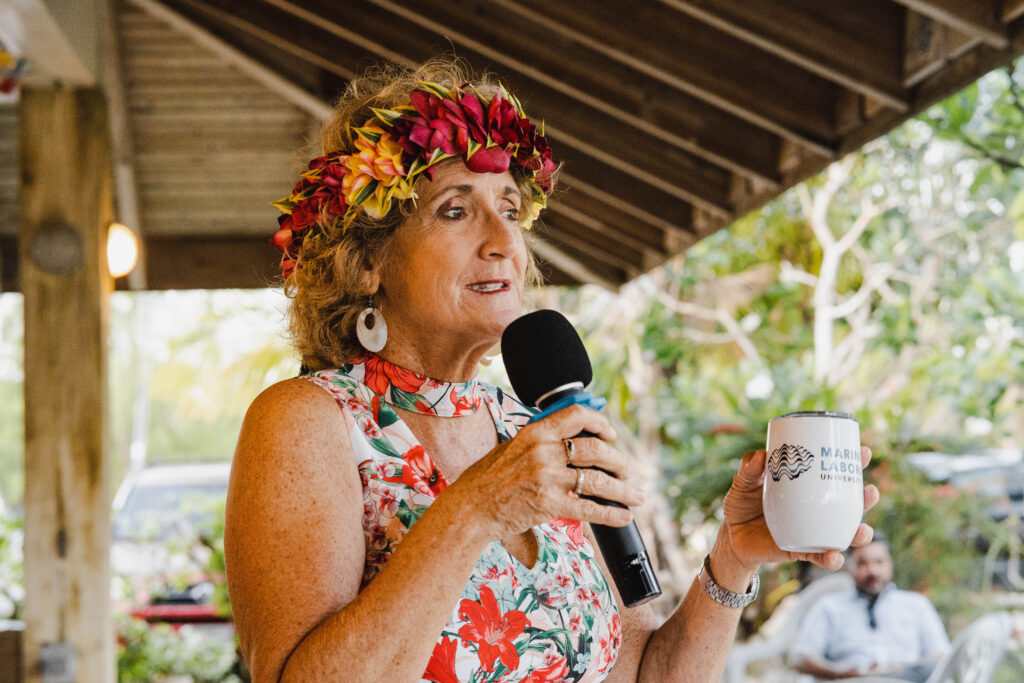
The University of Guam’s Guam Green Growth (G3) Circular Economy Makerspace and Innovation Hub will partner with MacTech Guam to host a computer repair workshop. The event aimed to equip participants with the skills and knowledge to repair and maintain their own computers, promoting sustainability and reducing electronic waste.
The workshop will cover a range of topics, including basic troubleshooting, hardware upgrades, and software maintenance. Participants will have the opportunity to learn about common computer problems, how to diagnose them, and practical solutions to fix them. Participants will also learn about the importance of proper computer disposal and the environmental impact of electronic waste.
“We are excited to bring this first-ever workshop to the G3 Circular Economy Makerspace and Innovation Hub,” said Austin Shelton Ph.D., the director of the UOG Center for Island Sustainability and Sea Grant, who facilitate the G3 initiative. “Along with Mactech, we hope to reduce the amount of electronic waste on the island, and help people save some money with the skills they will learn from this class.”
The two-day workshop will be held on Friday January 24 from 3:00 to 4:30 PM, and Saturday January 25 from 9 to 10:30 AM. Tickets are $25 total for both days, and participants must attend both days of workshop.
“This is a great opportunity for everyone interested in learning computer repair skills,” said Mactech Guam head technician Jordan Lansang, who will be teaching the class. “This workshop will also help to extend the life of the computer and reduce the amount of waste from the unit. It’s a more sustainable approach, and that’s why this partnership makes so much sense.”

Along with the skills participants will leave the workshop with, they will also be given a $50 gift certificate for Mactech Guam.
G3 Makerspace Coordinator Emily Wendte is looking forward to expanding the growing themes of workshops offered at the Hub.
“We have had some really awesome workshops to promote the circular economy and artisans on the island,” explained Wendte. “We have done weaving, mosaics, glass, plastic recycling wallets, sewing, robotics, tool shop, and equipment classes, and now to move further into the sustainable tech category is a taste of where we are going in the new year.”
To stay updated and to sign up for this and upcoming workshops, visit guamgreengrowth.org and follow @guamgreengrowthmakerspace on Instagram.















































